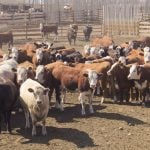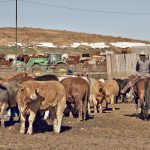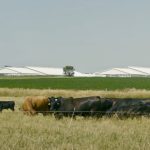Glacier FarmMedia – Most knowledgeable cattle producers and veterinarians are consulting with promoters of low-stress cattle handling. From an animal welfare perspective and from a public perspective, it is important. However, does low-stress handling have additional benefits to the animals? Some Kansas State University researchers attempted to answer this question a few years ago and […] Read more














